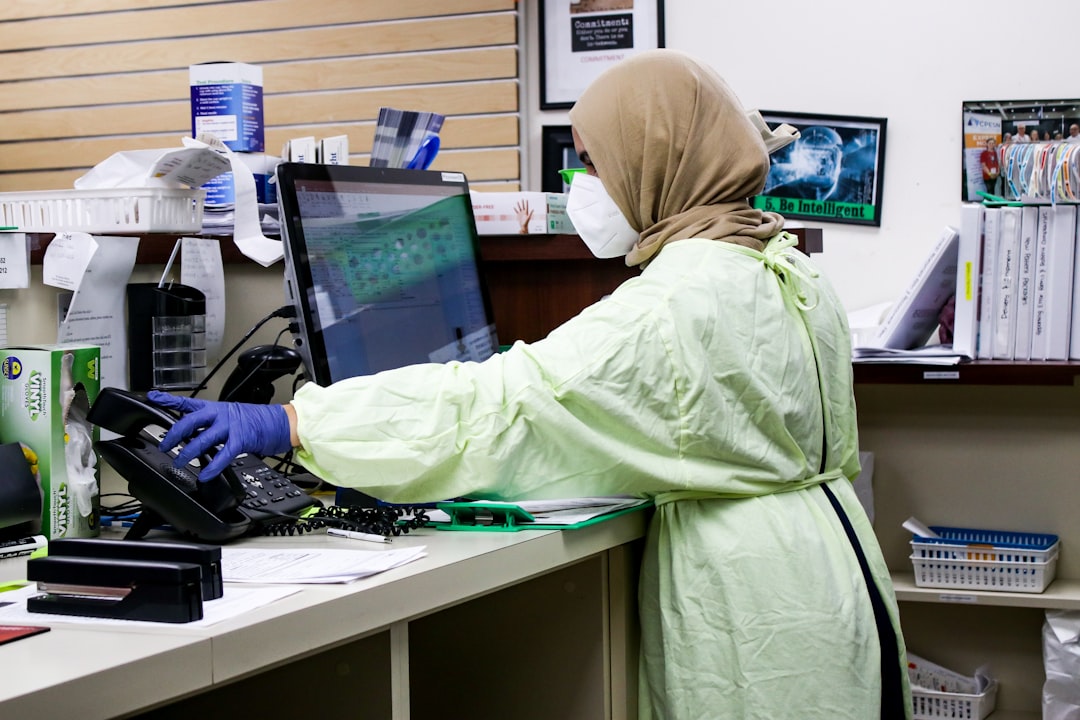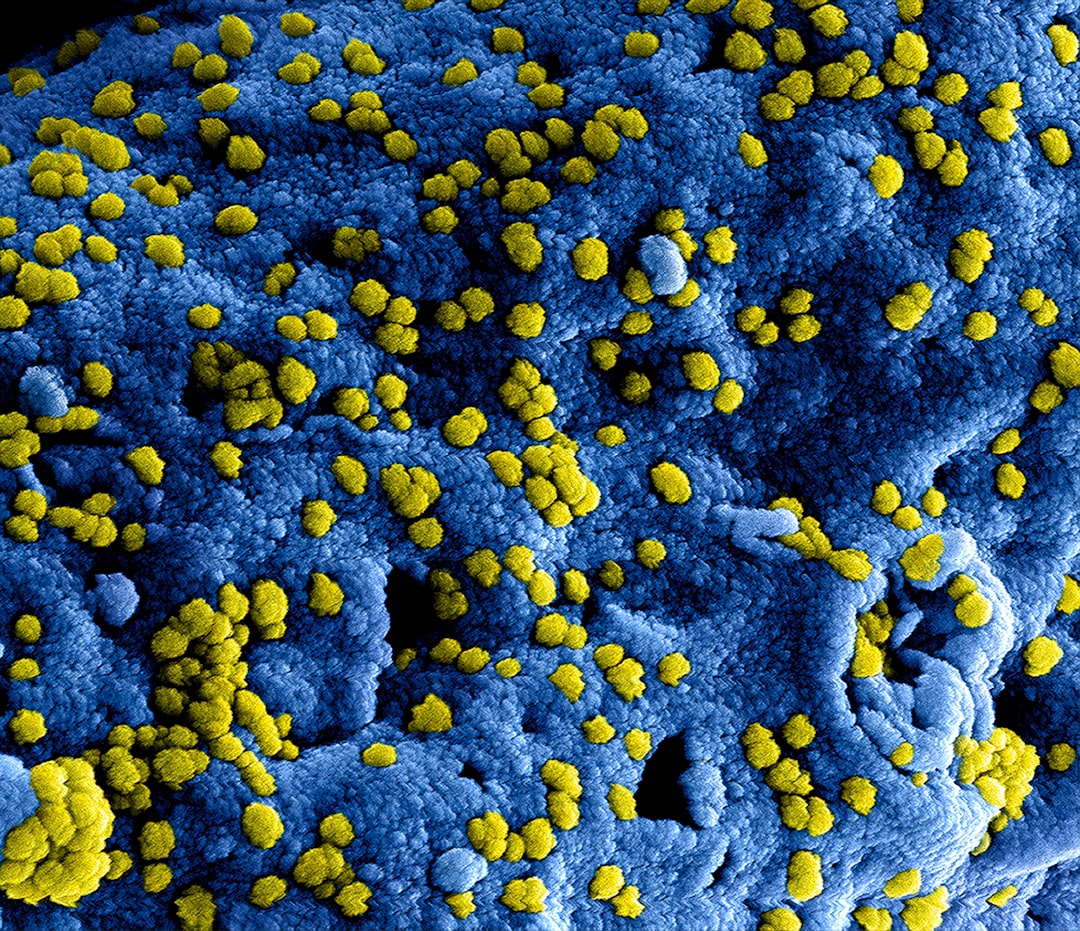What is it about?
We have evolved a variety of psychological mechanisms to avoid people who might be infected. Here I show that this “behavioral" immune system uses a face's unfamiliarity (how different it looks from the faces typically seen in one's local community) as a cue of infectiousness. This happens whether or not the face carries actual signs of sickness, such as a serious rash. These findings, which replicated across two countries (India and the USA), support the idea that the pathogens of strangers are perceived as more dangerous.
Featured Image

Photo by United Nations COVID-19 Response on Unsplash
Why is it important?
Strangers are likelier to carry unfamiliar pathogens. This paper shows that others seem indeed healthier, and safer to be around, the more they resemble ingroup members. Alas, the feeling that familiar-looking people bear no contagion threat can have catastrophic consequences when facing a virus that is novel to all.
Read the Original
This page is a summary of: Strangers look sicker (with implications in times of COVID‐19), BioEssays, November 2020, Wiley,
DOI: 10.1002/bies.202000158.
You can read the full text:
Contributors
The following have contributed to this page










